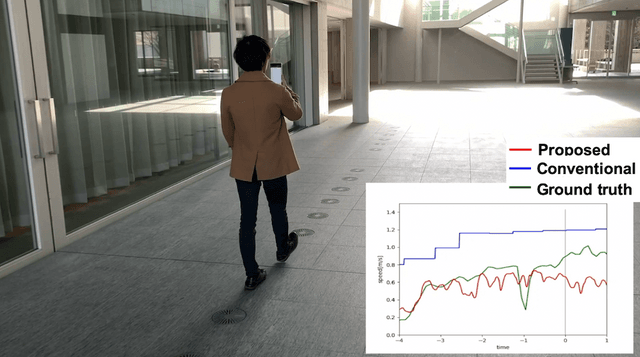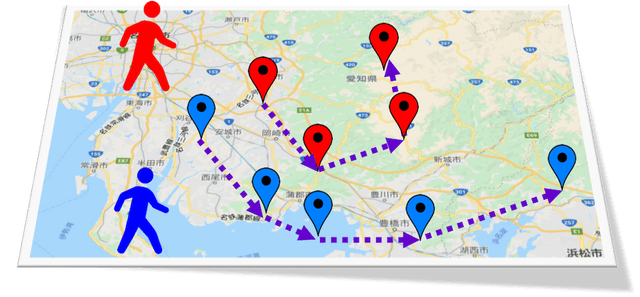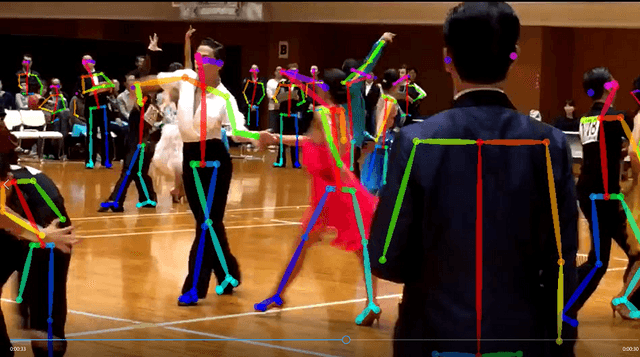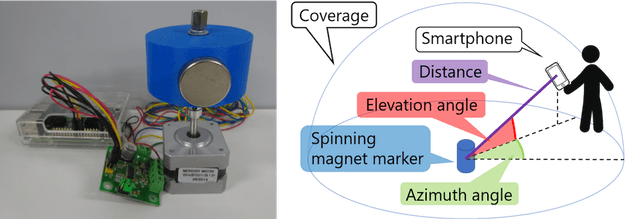Human Centric Computing
TOC
Human-Centric Computing Group is focusing on technologies and resources that fit human capabilities. We are currently exploring indoor positioning with inertial sensors, dance performance recognition with multi-modal sensors, and user's behavior analysis with location information.
Indoor localization using Smartphone Inertial Sensors

Pedestrian Dead Reckoning(PDR) is one of the promising technology for indoor localization. However, conventional PDR algorithm has the major difficulty in robust estimation against variation of gait and device position. Therefore, we propose adapting deep learning to PDR to estimate robust pedestrian trajectory from inertial sensors embedded in smartphones.
User Modeling using Spatial-Temporal Data

Research using positioning history data has become popular with the rapid increase in mobile devices equipped with GPS. We aim to develop a method of modeling people by extracting features from their trajectory data. From POI recommendation system to urban planning, it is supposed to be applied to various fields.
Ballroom Dance Performance Analysis using Multi-modal Sensors

This research investigates a new approach to support ballroom dance exercise with “dance figure” recognition and feedbacks for each figure respectively. Dance figures are groups of steps, each of which has its name and choreography. The research develops a multi-modal figure recognition method with machine/deep learning using video and wearable sensors, which has brought an accurate recognition method robust against occlusions.
A Positioning Method using a Spinning Magnet Marker

We research a positioning method dynamic magnetic field generated by a Spinning Magnet Marker. In our research, we estimated a position of a smartphone with an average error within 10 cm within 2 m area centering on a Spinning Magnet Marker. Currently, we evaluate the estimation accuracy to an MI magnetic sensor. In addition, we research an estimation method using multiple Spining Magnet Markers.